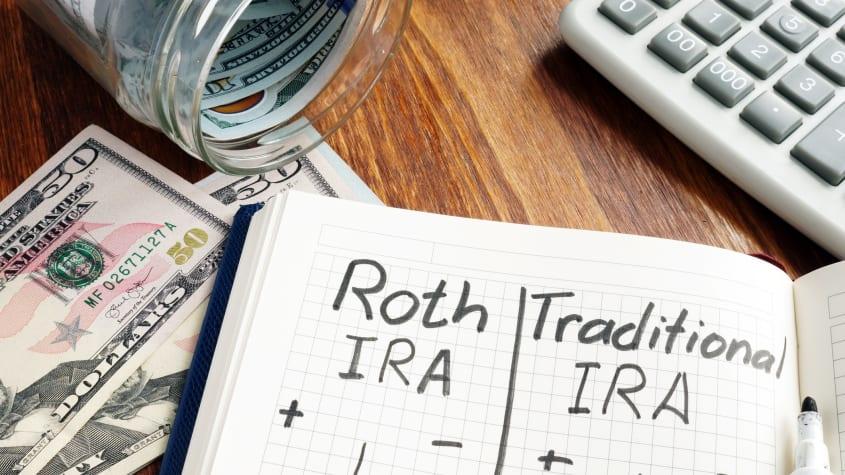Pandemics, as rare as they are, have made their mark in history – not only in numbers of lives claimed but in the economic impact felt around the globe. As we’re all facing the market downturn and recent financial volatility caused by the spread of COVID-19, it’s useful to look back at how the economy responded to pandemics in the past, giving us a glimpse of what we might expect to happen in the future.
Previous Global Pandemics
101 years before the COVID-19 outbreak began in China, another pandemic swept the globe: the 1918 influenza. Nicknamed the “Spanish flu” because it was first mentioned in Spanish newspapers, this pandemic surpassed the death toll of World War I, taking the lives of nearly 50 million people during its two-year run.1 The Black Death is the only widespread illness in recorded history to take more lives than the Spanish flu, approximately 60 million people, in a similar timespan.2
For some further perspective on the severity of the 1918 influenza, we can look back 10 years ago, before the current outbreak of COVID-19, at the 2009 H1N1 flu, which spread rapidly across the globe and claimed the lives of up to 395,000 people.1
Because the Spanish flu was one of the deadliest and most widespread pandemics in recent history, researchers have often turned to it to gain potential insight into the costs and consequences of future global pandemics, such as COVID-19.
For example, based on what we’ve learned from past flu pandemics, the World Health Organization estimates that a future flu pandemic would cost the United States $60 billion per year. In comparison, the WHO predicts pandemic preparedness may cost only $4.5 billion per year.1
How Pandemics Affect the Economy
Similar to what’s happening now in Europe and across America amidst the COVID-19 outbreak, large cities and populated areas essentially shut-down during the Spanish flu. Anything from sporting events and businesses to private events, including funerals, were discouraged or banned in an effort to reduce the spread of the virus.2 As a result of the widespread nature of this pandemic, countries experienced labor shortages and increased use of government social security systems.3
Because this outbreak happened in concurrence with the end of World War I, concrete figures regarding the exact economic impact of the flu are scarce. The long-term effects of a pandemic on the economy, however, are indisputable. When told to stay inside, people are unable to patronize local restaurants and stores. With no customers and government orders to close, businesses are unable to turn a profit and many may close for good. With businesses shutting down or downsizing their workforce, unemployment rates start to rise. And without a job, individuals don’t have the additional income to patronize the businesses that remain open and operating.
One person’s spending is another person’s income. That, in a single sentence, is what the $87 trillion global economy is. This relationship, between spending and income, consumption and production, is the core of how a capitalist economy functions.
What is so deeply troubling about the potential economic ripple effects of the COVID-19 virus is that it requires this perpetual motion machine to come to a near-complete stop across large chunks of the global economy, and for how long, no one is sure.
We’re watching this economic cycle happen firsthand. With manufacturing slowing down and profits dropping, investors and consumers are losing confidence in the market. A global pandemic of this magnitude acts, essentially, as a shock to the financial system.
With uncertainty surrounding the economic stability of our country, it’s okay to have fears and anxieties surrounding your own savings and investments. The most productive course of action from here is to reach out to us (or whoever your trusted advisor might be) and discuss your options. It is easy to have knee-jerk reactions when it feels like the bottom is falling out, but it is imperative to make decisions using research-backed data and a level head.




